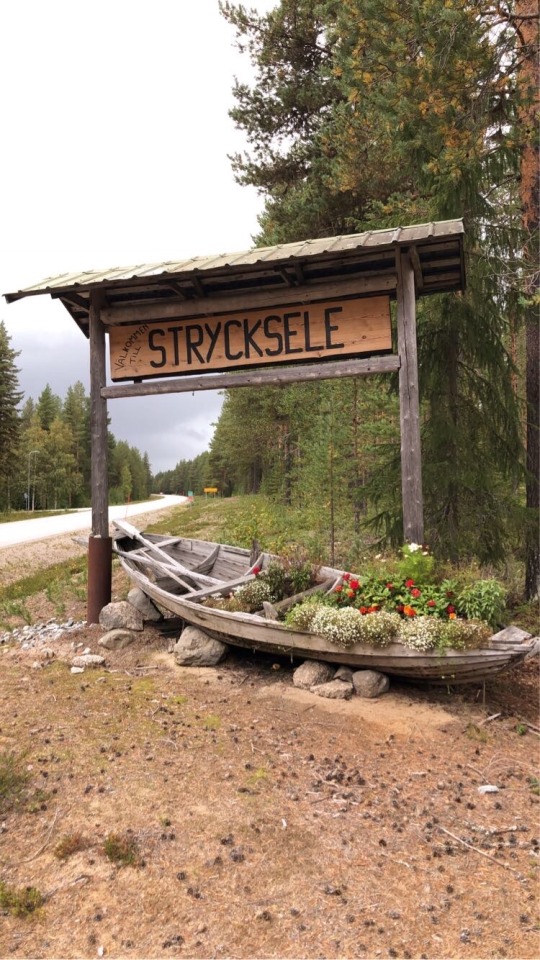#västerbotten
Photo
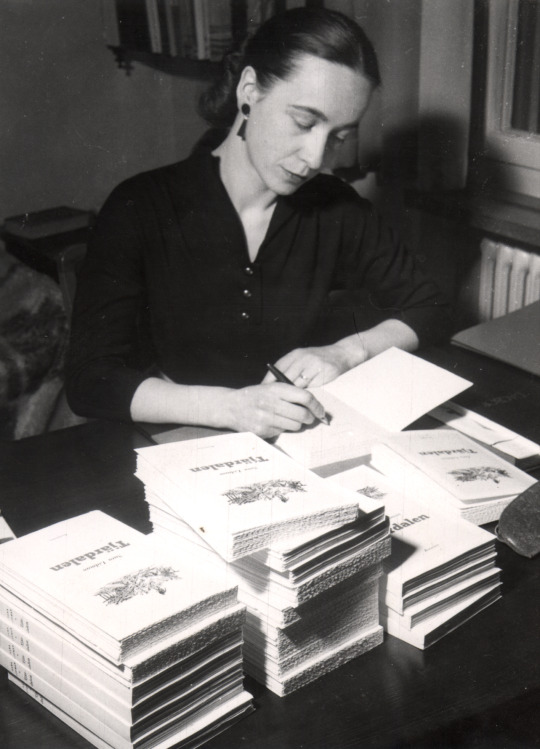
Sara Lidman
#Sara Lidman#Lidman#author#novelist#writer#Sweden#Swedish#Sverige#Svensk#Tjärdalen#Jernbanan#Din tjänare hör#Den underbare mannen#Bära mistel#Vredens barn#Lifsens rot#Västerbotten#Vasterbotten#Norrland#1923#1920's#1900's#2000's#2004#Umeå#Missenträsk#Regnspiran#Hjortronlandet#Nabots sten#Järnkronan
10 notes
·
View notes
Text
folk dancing demonstration today at gammplatsen with dancers from Kattisavan, Vilhelmina, and Norsjö
8 notes
·
View notes
Text

Ubmeje kallas ju björkarnas stad av en anledning
9 notes
·
View notes
Photo
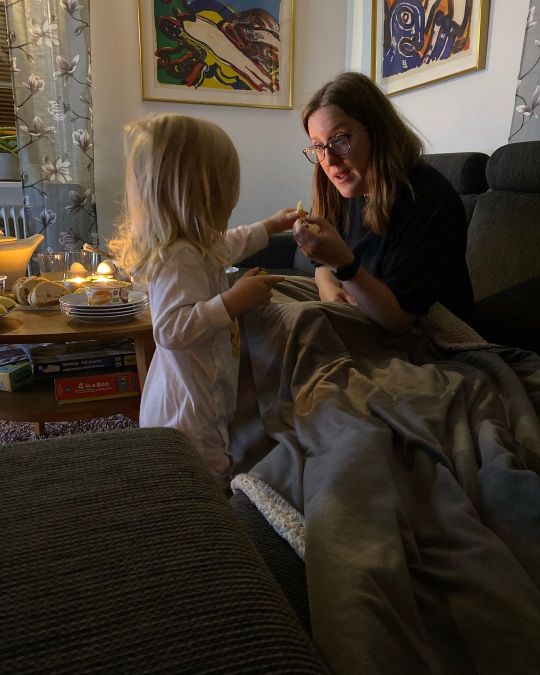
Efter långa dagar med asyl och familjerätt blev det en kort natts sömn när jag åter var tillbaka i Umeå. Jag blev alldeles varm inombords när barnen väckte mig klockan 06 för att bjuda på frukost i vardagsrummet med brasa och morgonnyheter… . . . #advokat #umeå #frukost #nyheterna #advokatannbergstrom #brasa #kamin #fika #familjerätt #migrationsrätt #asyl #norrland #västerbotten #ume #umea (på/i Umeå, Sweden) https://www.instagram.com/p/ClVVwmLMFi1/?igshid=NGJjMDIxMWI=
#advokat#umeå#frukost#nyheterna#advokatannbergstrom#brasa#kamin#fika#familjerätt#migrationsrätt#asyl#norrland#västerbotten#ume#umea
1 note
·
View note
Photo

Always lively and entertaining visits in Northern Sweden with my aunts Anna Lisa, Kerstin and Monica still active, vivid and unwavering! #aunts #family #jämtland #västerbotten #norrland #familyphotography #stronggenes (at Östersund, Jämtland, Sweden) https://www.instagram.com/p/CjnWVIbrXfE/?igshid=NGJjMDIxMWI=
0 notes
Text

0 notes
Photo

Mysigt på @midnightlightfestival o i Vilhelmina, bästa festivalen o bästa Daniel Philip o Amanda med flera :) Lånade foton av @tildehedvig @amandaandreas @strangdrangen #midnightlightfestival #västerbotten #festival (på/i Vilhelmina kommun) https://www.instagram.com/p/CgB3NgLjENM/?igshid=NGJjMDIxMWI=
0 notes
Text

Cute candid of Crown Princess Margaret of Sweden (née Princess of Connaught) with her 5 children, 1917 🤍
From left to right: Prince Sigvard, Prince Bertil, CP Margaret holding Prince Carl Johann, Princess Ingrid, Prince Gustaf Adolf 🖤
#this is so cute!!!#🤍🤍🤍#swedish royal family#crown princess margaret of sweden#princess Margaret of Connaught#Margaret of Connaught#Prince Gustaf adolf#Duke of västerbotten#prince sigvard#Duke of uppland#princess Ingrid of sweden#queen ingrid#queen ingrid of denmark#prince bertil#Duke of halland#Prince Carl johann#Duke of dalarna#1917#house of bernadotte
10 notes
·
View notes
Text
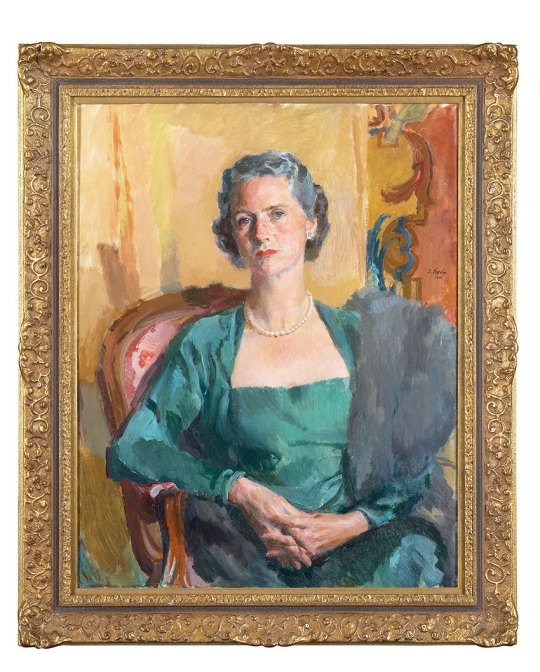
Princess Sibylla of Sweden by David Tägtström (oil on canvas, 1951)
The Dalarna artist David Tägtström wanted to capture the personalities of his models, rather than their social status. One trick he used was to let his models sit for so long that they stopped posing, and started to relax and just be themselves. "And then it is just a matter of painting," he said.
Princess Sibylla, the mother of our current king, gives an elegant and relaxed impression as she sits in a green silk dress with a fur stole over one shoulder. As a princess, she quickly became much loved by the people of Sweden, together with her daughters, the popular Haga Princesses.
The portrait can be seen in the East Guard's Hall of the Bernadotte Apartments at the Royal Palace of Stockholm.
Photo: royalpalaces.se
#swedish royal family#princess sibylla#duchess of västerbotten#sibylle von sachsen-coburg und gotha#sibylla of saxe-coburg and gotha#prinzessin sibylle von sachsen-coburg und gotha#princess sibylla of saxe-coburg and gotha#house of saxe coburg and gotha#art history#official portrait#swedish royalty#swedish history#royal history
6 notes
·
View notes
Photo
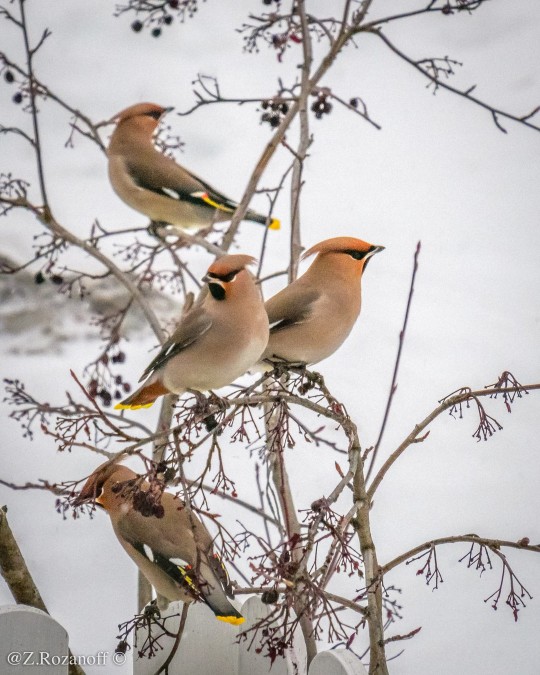
(Disclaimer) By no means am I a bird photographer... This image was shot on the 220122 in #Luleå, Sweden. #Sidensvans (Swedish (#BombycillaGarrulus) is a #bird that belongs to the order of #wagtails in the #silktail family. The species breeds in the northernmost parts of #Eurasia and northwestern #NorthAmerica. In #winter it can be observed in large #flocks further south. In #Sweden, it breeds mainly in the #ConiferousForests of northern #Norrland, but also along the coast of #Norrbotten and #Västerbotten. It has been observed as far south as #Västmanland, #Närke, #Uppland and northern #Småland, and can even exceptionally breed there. In #Finland, where it is very common, it has been observed throughout the country. The silktail was first described taxonomically by #CarlVonLinné in 1758 in the tenth edition of his #SystemaNaturae. He described it as Lanius Garrulus and thus placed it in the same genus as the thornbush. Its current genus Bombycilla was described in 1808 by #LouisJeanPierreVieillot. The #scientific genus name Bombycilla is derived from the #Latin Bombyx, meaning "silk" or "silk", and cilla, which is Neo-Latin for "tail". This is a direct translation of the Swedish silk tail and refers to the bird's silky plumage. Its species epithet, garrulus, means "talkative" and refers to its appearance similarities with the nuthatch (Glandularius garrulus).
#silk#tail#talkative#(Disclaimer) By no means am I a bird photographer...
This image was shot on the 220122 in Luleå#Sweden.
Sidensvans (Swedish (BombycillaGarrulus) is a bird that belongs to the order of wagtails in the silktail family. The species#it breeds mainly in the ConiferousForests of northern Norrland#but also along the coast of Norrbotten and Västerbotten. It has been observed as far south as Västmanland#Närke#Uppland and northern Småland#and can even exceptionally breed there.
In Finland#where it is very common#it has been observed throughout the country.
The silktail was first described taxonomically by CarlVonLinné in 1758 in the tenth edition#meaning or#and cilla#which is Neo-Latin for . This is a direct translation of the Swedish silk tail and refers to the bird's silky plumage. Its species ep#garrulus#means and refers to its appearance similarities with the nuthatch (Glandularius garrulus).
0 notes
Text

A 600-year-old medieval hat from Lappvattnet. The hat, which is made of sheep's wool, was preserved in a bog. Now housed at the Västerbottens museum in Sweden
BLOG
2K notes
·
View notes
Text
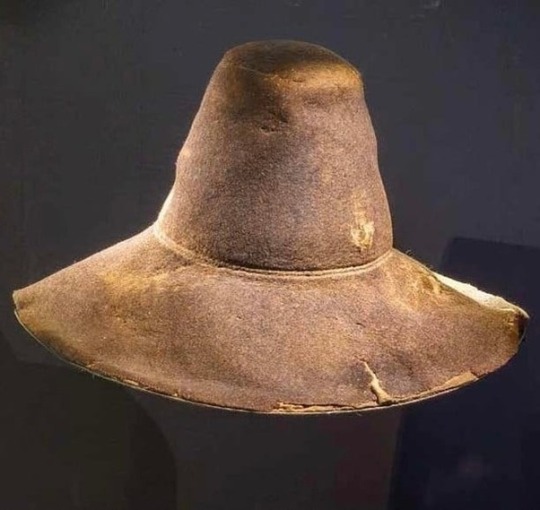
A 600-year-old medieval hat made of felted sheep's wool was discovered in a bog at Lappvattnet and is now housed at the Västerbottens Museum in Sweden.
680 notes
·
View notes
Photo

Glöm inte bort kanelbullens dag! - - - #kanelbulle #kanelbullensdag #fika #swedishfika #advokat #umeå #umea #ume #norrland #västerbotten #advokatannbergstrom (på/i Advokat Ann Bergström) https://www.instagram.com/p/CjTJLzGsKes/?igshid=NGJjMDIxMWI=
#kanelbulle#kanelbullensdag#fika#swedishfika#advokat#umeå#umea#ume#norrland#västerbotten#advokatannbergstrom
0 notes
Note

World's second largest cheese slicer
Ånäset, Västerbotten, Sweden
46 notes
·
View notes
Text
Etymological origins of the names of the regions of Finland
Suomi, Häme = Of the same origin together with "Sámi". There is no certainty of their etymology, but a common theory suggests they'd be a loan from the Baltic "žemē", meaning "land". However, modern linguists seem to argue that this is also inaccurate.
Satakunta = From Swedish "hundare", a Viking Age and early Middle Age Scandinavian war and governance system.
Pirkanmaa = Possibly from "birk", a special legal protection given to trading centers (early 1200s).
Uusimaa = Translated from Swedish "Nyland" (New Land).
Kymenlaakso = "Valley of Kymi". Kymi is a river. The word itself means... a big river.
Pohjanmaa = "Northland".
Keski-Suomi = "Central Finland".
Savo = From "Savilahti" (Clay Bay), the old name of the Mikkeli area. The origin of "Savilahti" is still debated, if it was originally savi (clay), savu (smoke), sauvo, or possibly a Sámi word for a backwater (savo, savu).
Karjala = A bit unclear. It comes from the word "karja", and if this word is of Germanic origin, then it could mean (war)band.
Kainuu = Unknown. Theories include Germanic loan "kainu/kaino" (lowlands), "kainus" (knob-headed staff, wedge-shaped object), a Sámi origin (compare gaajnuo, gaajnuoladdje (non-Sámi peasant); kai´nōlatj (Swedish coastal peasant); kainolats, kainahaljo (Swedish or Norwegian peasant)), Old Icelandic "kveinir" (an unspecified Northern Nordic people) or Proto-Norse "gainuz" (gap, jaw) -> "kainu(s)" (dragnet, sleigh).
Lappi = The most controversial of them all, I'd say. "Lapp" name usually refers to Sámi people, although they do not like this term so don't call them that. As for the etymological origin of said word, two theories: 1) a translation of an ancient Sámi tribe name "wuowjoš", from the word "wuowˈje" (wedge, patch) -> "lapp" (patch, small piece of paper). Old Finnish term for Sámi people is "vuojolaiset". 2) Meaning a remote area. The region of "Lappi" in Finland is a combination of two lands: Peräpohjola (Back of the Northland) and the areas of Sápmi (in Finnish "Saamenmaa") which are within the borders of Finland. Former land is Finnish, the latter Sámi.
Ahvenanmaa = "Perch land". Two theories: either it comes from Proto-Norse "Ahvaland" (water land?), or the Finnish form is the original.
In Swedish in the cases where it differs from the Finnish origin:
Österbotten = "East Bottom". As opposed to West Bottom, Västerbotten, on the Swedish side of the Baltic Sea.
Kajanaland = From the historical Russian name for Kainuu, "Kajánij/Kayániy". Meaning unknown, though some say it means a land in which it is difficult to travel. Likely, it is connected to the word "Kainuu".
Tavastland = Apparently from Old Norse "Tafæistaland" (ᛏᛆᚠᛋᛏᛆᛚᚭᚿᛏ). Origin unknown, theories say the "ast" part could somehow be connected to Estonia.
Finland = Hahaha. Unknown. Old sources use the word "finn" and variants to refer to both Sámi and Finns and you never really know what's the intention (think of Finland and Finnmark). Theories say that the origin of the word could be connected to Germanic words such as "finthan" (find), "fendo" (wanderer).
Åland = "River land". Two theories: either it comes from Proto-Norse "Ahvaland" (water land?), or the Finnish from "Ahvenanmaa" (perch land) is the original.
97 notes
·
View notes

